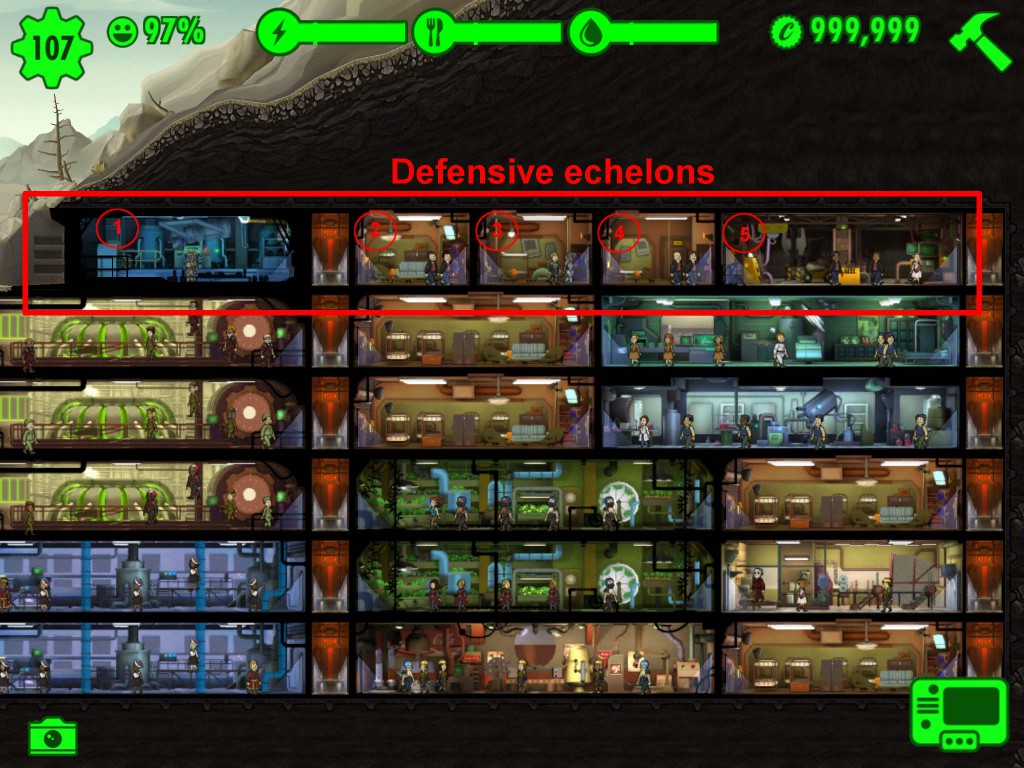



Specifically, this study examines why OEND trained PWID, despite being instructed to summon emergency medical services (EMS) in the event of an overdose, were unlikely to have done so even though Colorado’s Good Samaritan law provides both the witness and victim a degree of immunity from prosecution. This paper describes the center’s effort to address this local manifestation of a national epidemic through the implementation of an Overdose Education and Naloxone Distribution (OEND) intervention. In the city of Denver, the age adjusted rate of death exceeded more than 20 per 100,000 residents in 2014, a rate that is among the highest in the nation ( National Centers for Health Statistics, 2016). Between 20, Colorado witnessed a 68% increase in rate of drug overdose deaths ( Keeney & Bailey, 2016). By the summer of 2015, the memorial included more than 60 photographs. Photographs and brief notes provided by friends and families, were hung on a wall. In August of 2009, the Harm Reduction Action Center (HRAC), a local Denver Community Based Organization offering harm reduction services to persons who inject drugs (PWID), began a memorial to clients who died from a heroin-related overdose.


 0 kommentar(er)
0 kommentar(er)
